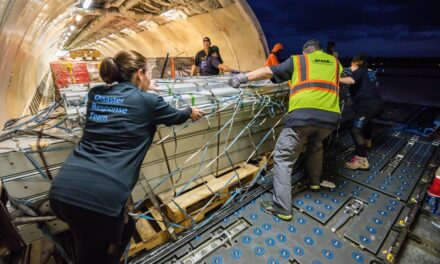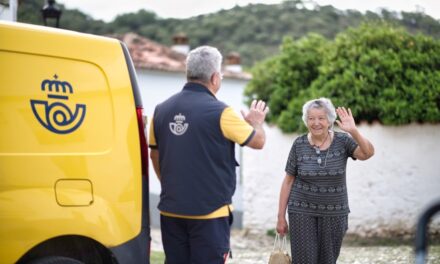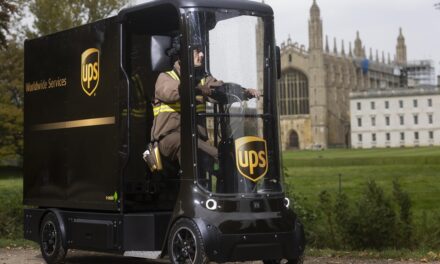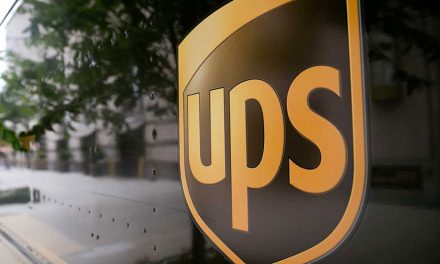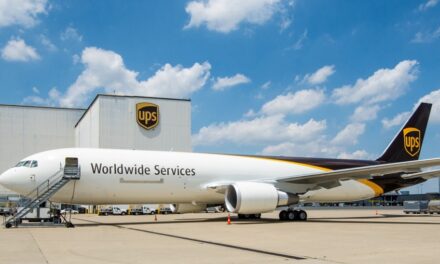
How technology delivers for UPS
It’s a frosty Tuesday morning in February, and Marc Freeman, a veteran driver in Atlanta for United Parcel Service Inc., checks his handheld device and discovers he’s in for a busy day: more than 400 packages to deliver, a task that until recently would have left him still banging on customers’ doors well after dark. But thanks to a custom-built software program UPS began rolling out two years ago, Freeman will easily finish his deliveries by 6 p.m., ensuring that his customers get their packages on time and that he makes it home for dinner.
Not so long ago, UPS drivers worked off maps, 3-x-5 note cards, and their own memory to figure out the best way to run their routes. That changed in 2005 when UPS began to implement a USD600 million route optimization system–think MapQuest on steroids–that each evening maps out the next day’s schedule for the majority of its 56,000 drivers. So sophisticated is the software that it designs each route to minimize the number of left turns, thus reducing the time and gas that drivers waste idling at stoplights.
UPSs innovation is an example of how technology can help companies capture institutional knowledge about their customers. Before, when a truck loader or driver walked out the door, the package- loading techniques or route tips they’d developed over the years usually walked out with them. Now that knowledge is accessible in a central system. That eases the burden on substitute drivers and shortens the training time for new ones, lessening the chances of a lapse in customer service. There’s no question the new system has enabled UPS to run its routes more efficiently. In November alone the company’s drivers logged 3 million fewer miles than they did the year before.
The latest wrinkle: a new feature that, with the aid of global positioning system technology, warns drivers with a beep if they pull into the wrong driveway. It also enables UPS to send a driver more quickly after you call in a pickup since dispatchers know exactly which driver is closest. And later this year, UPS plans to use its package-flow technology to launch a service that allows customers to reroute a package in transit to a different address. “We’re trying to become a paradox: to be the biggest [delivery] company but also the most flexible,” says Kurt Kuehn, senior vice-president of worldwide sales and marketing for UPS. “We have not reached the endgame.”

